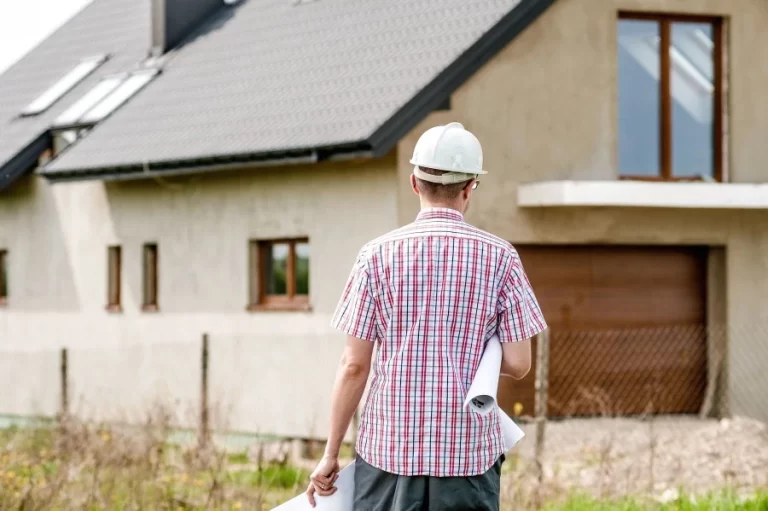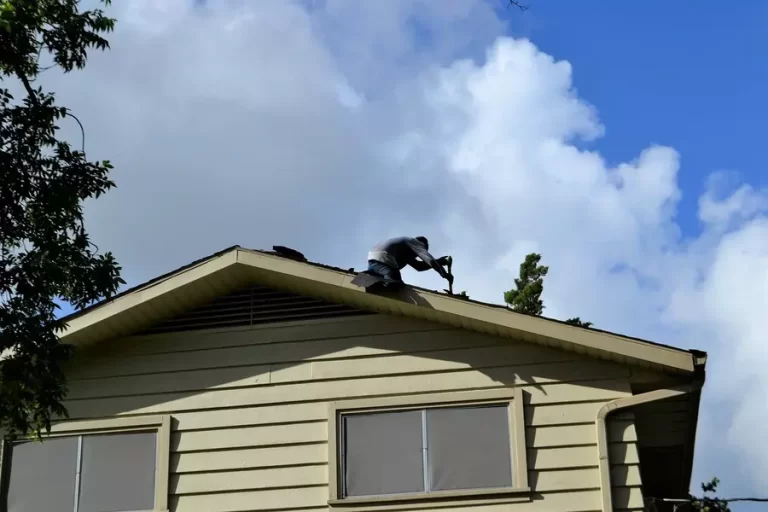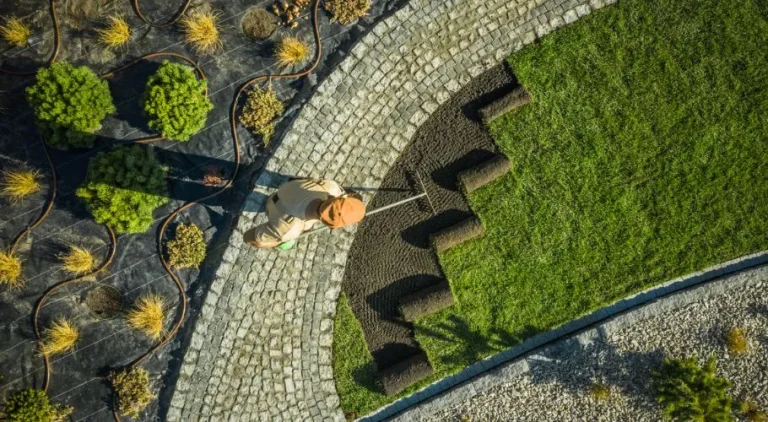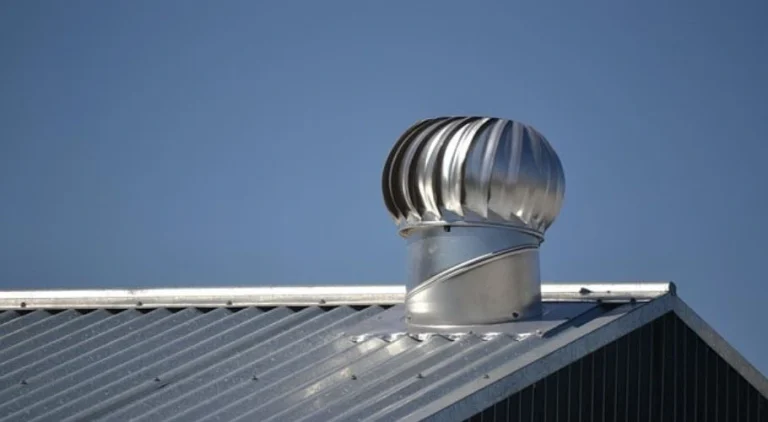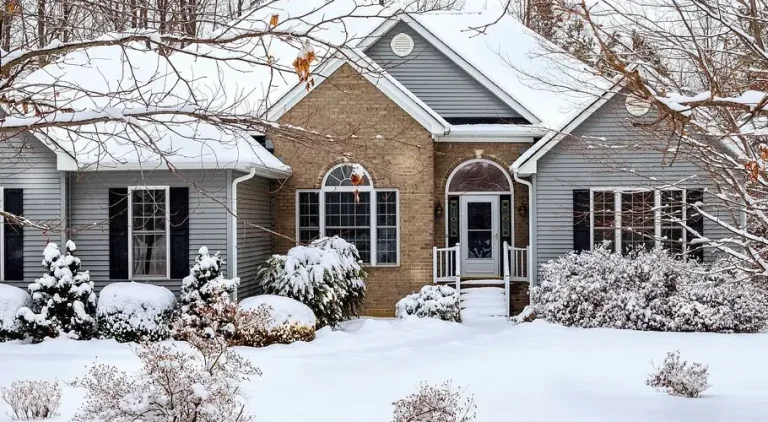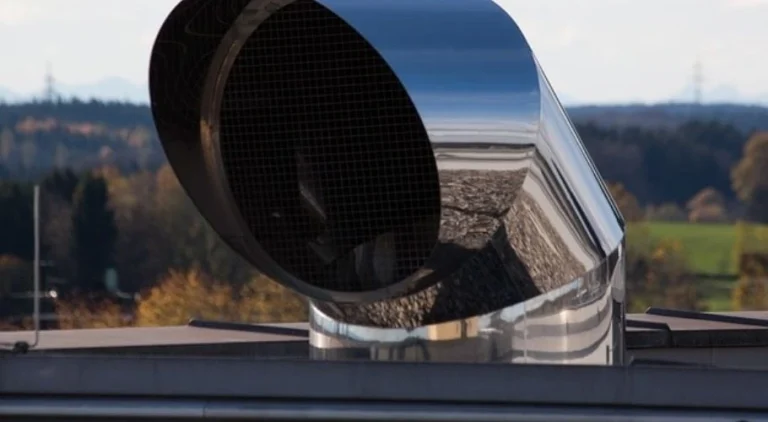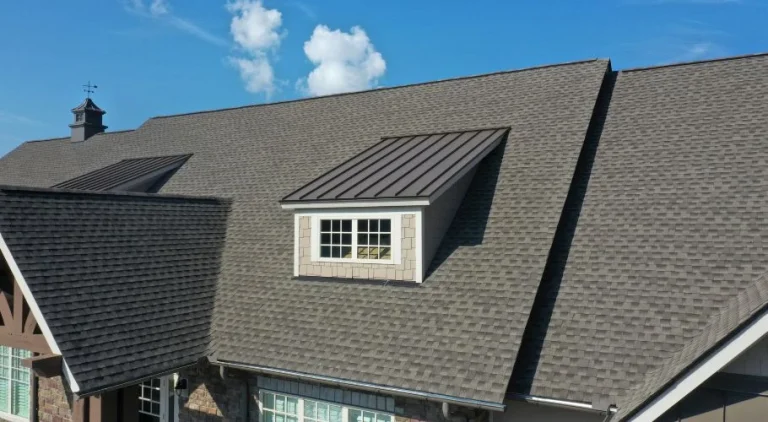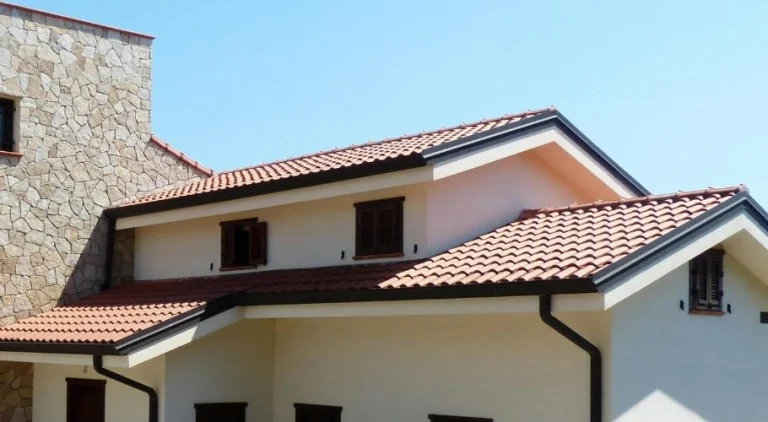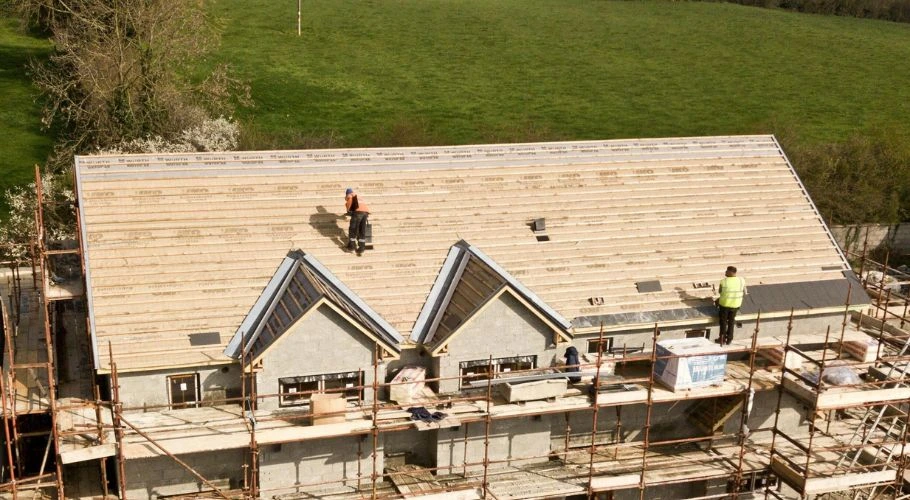The Impact of Attic Ventilation on Your Roof’s Lifespan
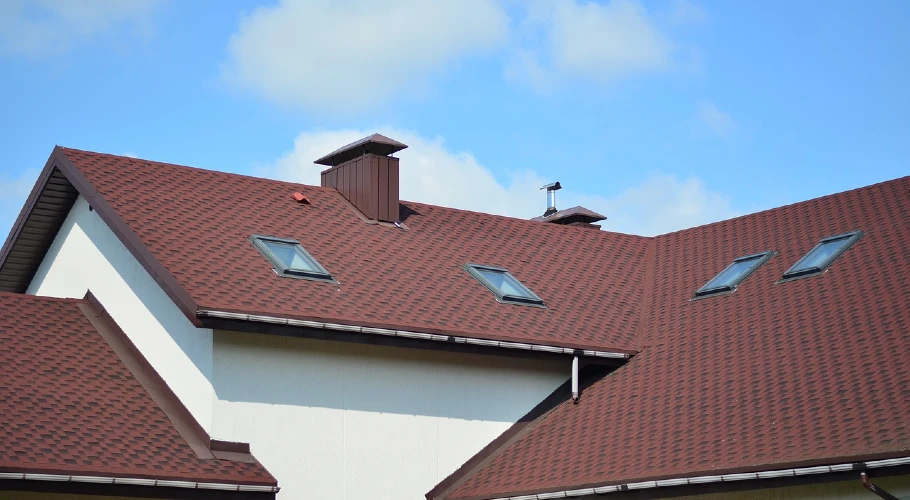
Today, we’re diving into an important topic that often flies under the radar but plays a crucial role in extending the lifespan of your roof: attic ventilation. Proper attic ventilation, which includes the use of attic vents, can significantly impact the health of your roof, your home’s energy efficiency, and your overall comfort. So, let’s explore how an attic ventilation system works and why it’s essential for your home.
Why Attic Ventilation Matters
Attic ventilation involves the use of intake and exhaust vents to allow air to flow in and out of your attic space. This circulation of air helps to regulate the temperature and moisture levels in your attic. Without proper ventilation, hot air gets trapped in your attic during the summer, leading to heat buildup. In the winter, warm air from your home can rise into the attic, causing excess moisture and potential problems like ice dams and wood rot.
Key Components of an Attic Ventilation System
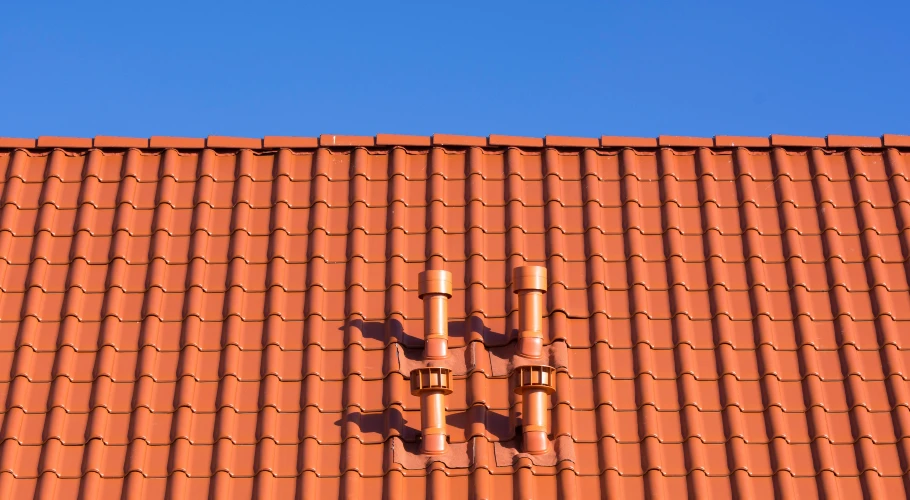
- Soffit Vents: These intake vents are located under the eaves of your roof. They allow cooler air to enter the attic space from the outside.
- Roof Vents: Roof vents, including ridge vents and gable vents, are exhaust vents that let hot air escape from the attic.
- Ridge Vent: Installed along the roof’s peak, the ridge vent provides continuous ventilation along the entire length of your roof.
- Gable Vents: Located on the gable ends of your home, these vents allow air to flow out of the attic.
- Exhaust Vents: These can include static vents, turbine vents, and powered vents, all of which help to expel hot air from the attic.
- Intake Vents: These vents, like soffit vents and shingled intake vents, bring fresh, cool air into the attic.
- Roof Edge Vents: Installed at the roof’s edge, these vents allow air to enter the attic without compromising the roofline’s appearance.
The Benefits of Proper Attic Ventilation
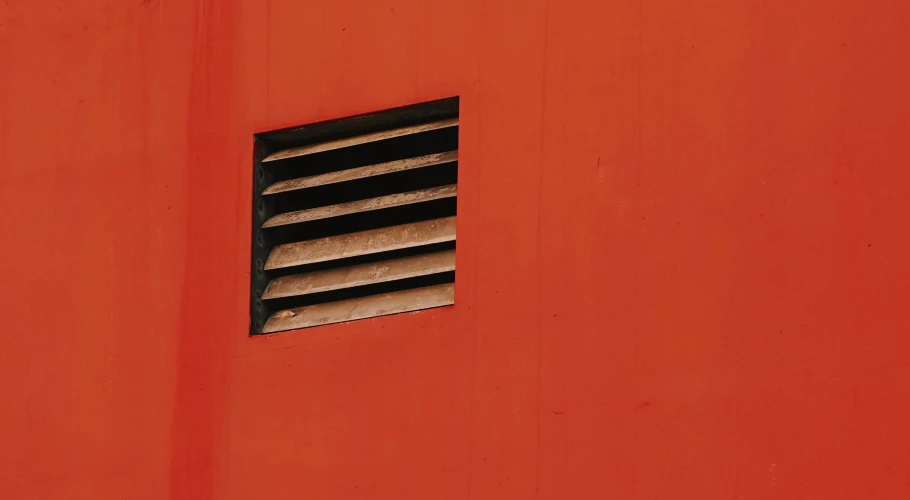
Extends Roof Lifespan
When your attic is properly ventilated, it helps to prevent heat buildup and excess moisture, both of which can cause damage to the roof’s structure, including the roof sheathing and roof shingles. This means fewer repairs and a longer-lasting roof.
Prevents Ice Dams
During winter, warm air from your home can cause snow on the roof to melt. If your attic isn’t properly ventilated, inadequate roof ventilation can cause this warm air to refreeze at the roof edge, creating ice dams that can damage your roof and gutters.
Reduces Energy Costs
A well-ventilated attic helps to regulate the temperature in your home, reducing the strain on your air conditioner in the summer and your heating system in the winter. This can lead to significant savings on your energy bills.
Prevents Mold and Mildew
Excess moisture in the attic can lead to mold and mildew growth, which can damage your attic insulation, attic floor, and even affect the air quality in your home. Proper ventilation helps to keep moisture levels in check.
How Many Roof Vents Do You Need?
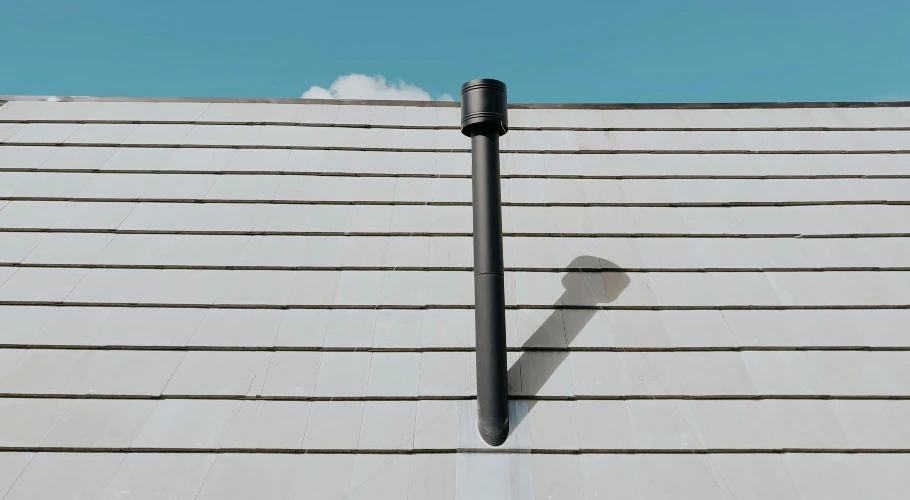
The number of vents needed depends on the size of your attic. A general rule of thumb is to have 1 square foot of ventilation for every 300 square feet of attic space, divided equally between intake and exhaust vents. However, this can vary based on the design of your home and the climate in your area. It’s always best to consult with a professional roofing company, like Robbins Roofing in OKC, to determine the right amount of ventilation for your specific needs.
Common Types of Roof Vents

- Static Vents: Simple and effective, these vents don’t have any moving parts and rely on natural air flow.
- Turbine Vents: These vents spin with the wind, helping to draw hot air out of the attic.
- Powered Vents: Equipped with a fan, these vents actively pull air out of the attic.
- Shingled Intake Vents: Installed at the roof’s edge, these vents allow air to enter the attic without compromising the roofline’s appearance.
Addressing Common Attic Ventilation Issues

Blocked Soffit Vents
Soffit vents can become blocked by insulation or debris, preventing proper airflow. Regular maintenance and the use of insulation baffles can help keep these vents clear.
Improper Vent Placement
Vents should be strategically placed to ensure even airflow throughout the attic. Improper placement can lead to areas of stagnant air, reducing the effectiveness of the ventilation system.
Insufficient Ventilation
Having too few vents can cause heat and moisture to build up in the attic. Ensuring that your attic has the right number of intake and exhaust vents is crucial for effective ventilation.
FAQs
Signs of poor ventilation include excessive heat in the attic, visible mold or mildew, damp insulation, and higher-than-normal energy bills. You may also notice ice dams forming in the winter.
Insulation baffles help to keep the insulation in place while ensuring that air can flow freely through the soffit vents into the attic.
Yes, adding more vents can improve air flow, but it’s important to balance intake and exhaust vents. Consult a professional to ensure proper installation.
Passive ventilation relies on natural air movement, while active ventilation uses powered vents to actively move air out of the attic.
It’s a good idea to inspect your attic ventilation system at least once a year, or after any major weather events that could affect your roof.
More About Attic Ventilation

Attic ventilation is more than just a feature; it’s an essential part of your roofing system. At Robbins Roofing, a leading roofing company in OKC, we understand the importance of a properly ventilated attic. The right ventilation system can prevent many common roofing problems, ensuring that your roof lasts longer and your home remains comfortable year-round.
Warm Air vs. Cool Air
Proper ventilation balances warm and cool air in your attic. This balance helps maintain a stable temperature, preventing the attic from becoming too hot in the summer or too cold in the winter.
Air Flows and Air Movement
Effective ventilation ensures that air flows freely through the attic space, promoting good air movement. This helps to expel hot air and bring in fresh air, keeping the attic environment healthy.
Static Vents vs. Powered Vents
Choosing between static vents and powered vents depends on your specific needs. Static vents are passive and rely on natural air movement, while powered vents use fans to actively move air. Both have their advantages, and the right choice depends on your attic’s size and your ventilation goals.
Intake and Exhaust Vent Balance
For an attic to be properly ventilated, there must be a balance between intake and exhaust vents. This ensures that fresh air can enter the attic while hot air is expelled. A well-balanced system prevents heat buildup and moisture problems.
Ridge Vents and Roof Peak
Ridge vents, installed along the roof’s peak, provide excellent ventilation along the entire length of the roof. They allow warm air to escape from the highest point of the attic, enhancing overall air flow.
The Consequences of Poor Ventilation
If your attic isn’t properly ventilated, you could face several issues:
- Heat Buildup: Excessive heat can damage roof shingles and cause premature aging of the roof.
- Moisture Problems: Without adequate ventilation, moisture can build up, leading to mold, mildew, and wood rot.
- Ice Dams: In cold climates, improper ventilation can lead to ice dams, which can cause water damage to your roof and home.
- Higher Energy Bills: Poor ventilation forces your heating and cooling systems to work harder, increasing your energy costs.
Ensuring Proper Ventilation
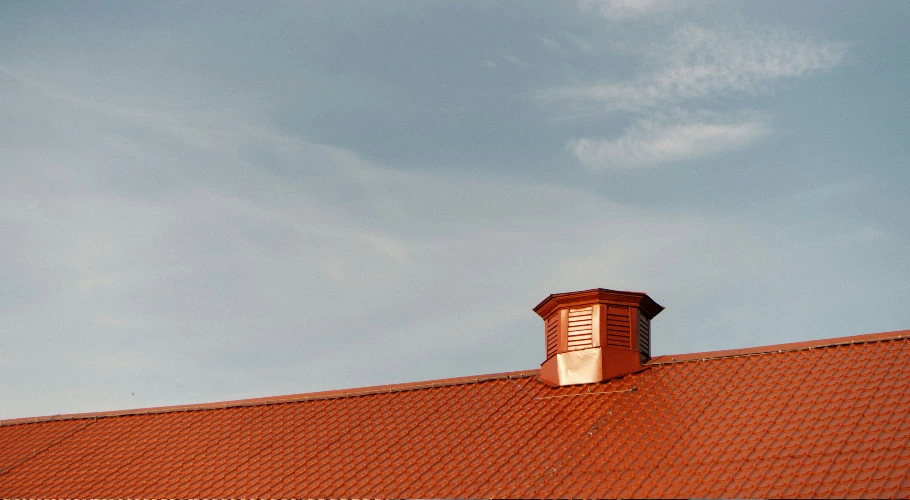
To ensure your attic is properly ventilated, consider the following steps:
Assess Your Current Ventilation
Check the number and placement of your vents. Ensure there’s a balance between intake and exhaust vents.
Clear Blockages
Make sure soffit vents and other intake vents are not blocked by insulation or debris.
Install Additional Vents if Needed
If your attic lacks sufficient ventilation, consider adding more vents. Consult with a professional roofing company in OKC to determine the best options for your home.
Regular Maintenance
Keep your vents clear and functioning properly. Regular inspections can help identify and address any issues before they become major problems.
Robbins Roofing: Your Roofing Company in OKC
At Robbins Roofing, we’re committed to helping you maintain a healthy, long-lasting roof. Our team of experts understands the importance of attic ventilation and is here to help you ensure your attic is properly ventilated. Whether you need an inspection, maintenance, or new vent installations, we’ve got you covered.
Proper attic ventilation is crucial for protecting your roof and your home. By balancing intake and exhaust vents, preventing heat buildup and moisture issues, and reducing energy costs, you can enjoy a more comfortable home and a roof that stands the test of time.
For more information or to schedule a consultation, visit our website. Trust Robbins Roofing, your expert roofing company in OKC, to keep your roof in top shape with a properly ventilated attic.
By taking care of your attic ventilation, you’re not only protecting your roof but also enhancing the comfort and efficiency of your entire home. Stay cool, stay dry, and enjoy a long-lasting roof with Robbins Roofing!

